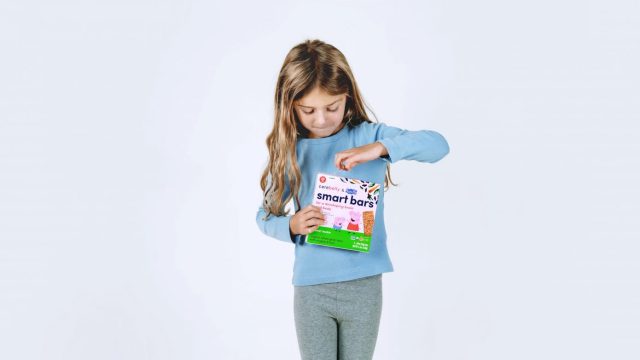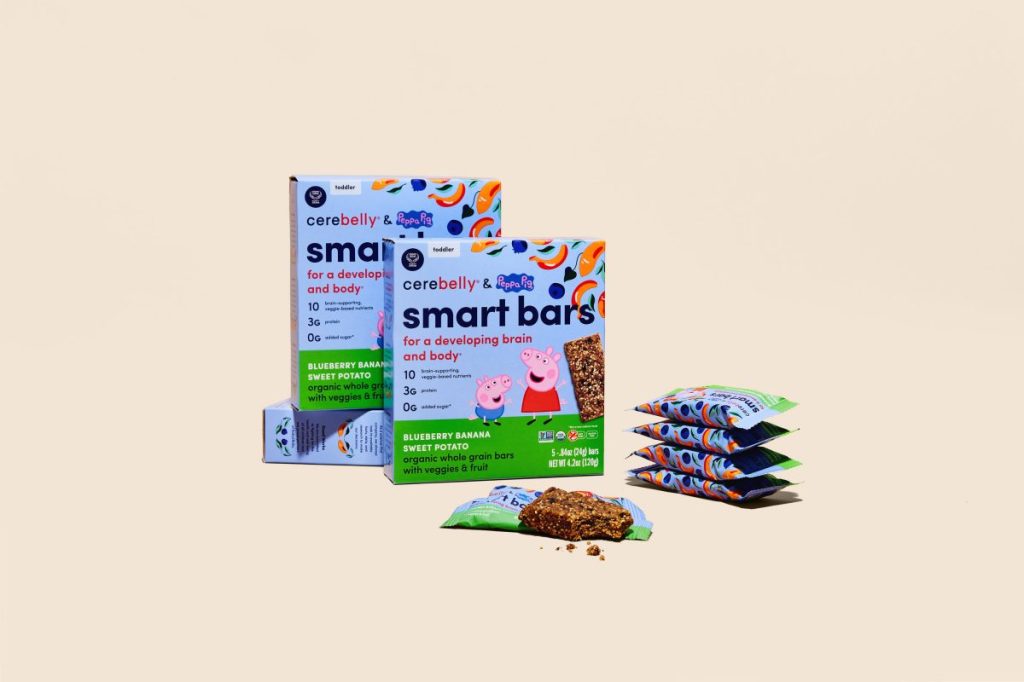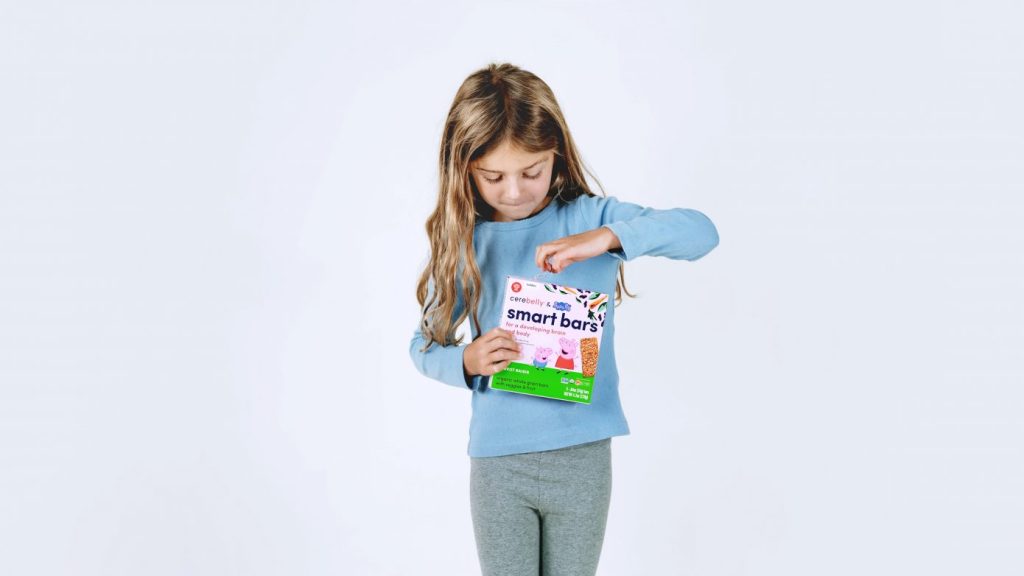Sure, you’re hot and sweaty. But don’t let being pregnant in summer get you down. Next time you’re struggling with your summer bump, stay cool, think of your mocktail as half full, and remember these reasons why a summer pregnancy is actually pretty great.

photo: iStock
1. You don’t need as many maternity clothes. Forget the bump-friendly jackets and hard pants. You’ll be rocking flowy dresses. Buy a stretchy bikini and you may not even need a maternity swimsuit.
2. All that delicious summer produce. Get your nutrients thanks to in-season fruits and veggies like sweet corn, watermelon, berries, zucchini, tomatoes and stone fruits. Most you don’t have to cook, so meals come together fast.
3. Exercise is easier to schedule. Longer days and comfortable temps mean you’ll be looking forward to taking a long walk at dusk or going for a swim.
4. Vitamin D, baby. This powerhouse vitamin is important both for you and the baby, and those long, sunny summer days help you get your daily dose.

photo: Jordan Bauer via Unsplash
5. It’s the season for dressing down. Forget trying to stuff your pregnant self into jeans or sweating in your sweaters. Summer is all about easy-to-wear maxi dresses, flowing linen tops, and comfortable cotton tanks and shorts.
6. You can fit in relaxation time more easily. Summertime is synonymous with vacation, so many workplaces slow down and the living is just more easy. Lay in a hammock, lounge by the pool, or take a babymoon with your sweetie.
7. You have an excuse to see all the summer blockbusters. When your body is working overtime, stepping into an air-conditioned theater is considered self-care. If theaters aren’t your thing, buy a projector and watch movies on a wall at home or, better yet, out in the backyard.
8. Dare to bare your bump. Gone are the days of having to hide that you’re growing an amazing person inside of you. Being pregnant in summer is the perfect excuse to show off that baby belly, so break out those fitted outfits.

photo: Evieanna Santiago via Unsplash
9. Claim you’re eating ice cream for the calcium. Your baby’s need for bone-building calcium gives you the perfect excuse to grab a cone. Or two. Healthy pregnancy smoothies are also on the menu.
10. Swollen feet are a great reason to wear flip-flops 24/7. Thanks to pregnancy hormones, a gal’s feet can grow half a size, not to mention that fun pregnancy swelling. Swap out painful footwear for cushy flip-flops to give your feet a break.
11. You’ll have easier access to swimming pools. Submerging yourself in water gives you instant relief from the heat as well as aches and pains. Plus, there is no more gentle (but effective!) exercise than swimming or water aerobics when you’re working out for two.
12. Your snuggly, warm cuddle buddy will arrive just in time for cooler weather. Having your baby in your arms as the days turn cooler is an excellent reward for being pregnant in summer. Baby snuggles are always special, but there is something particularly wonderful about cuddling a newborn wrapped in a fuzzy blanket in the fall and winter months.
—Suzanna Palmer & Eva Ingvarson Cerise
RELATED STORIES:
8 Tips for Keeping Cool This Summer
10 Must-Haves for a Warm Weather Maternity Wardrobe
What Not to Do While Pregnant



























